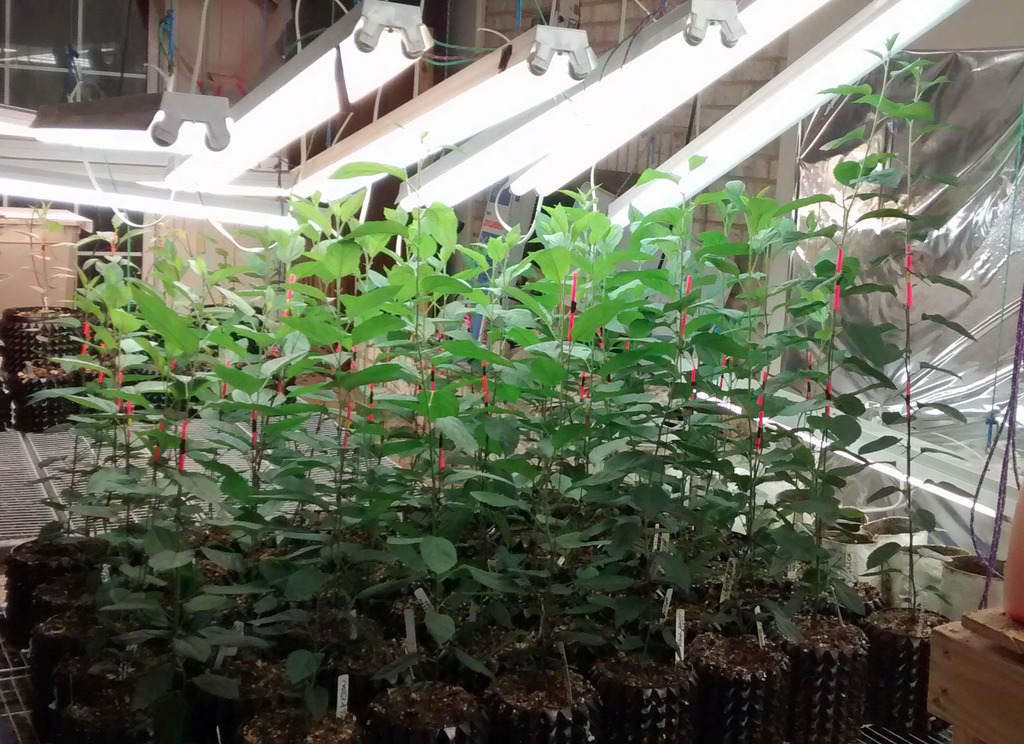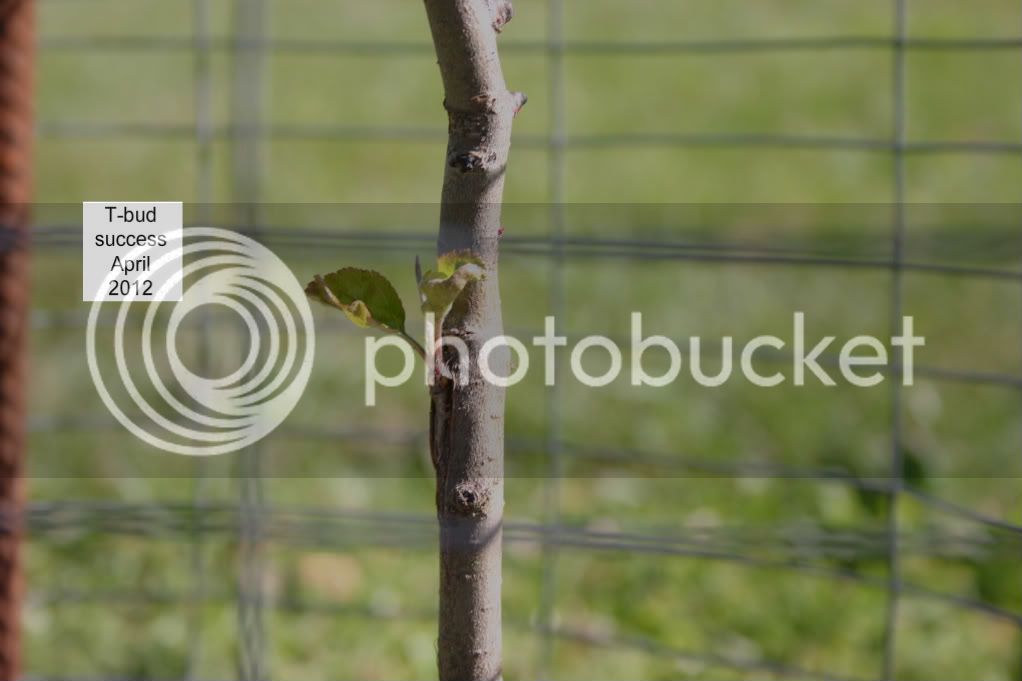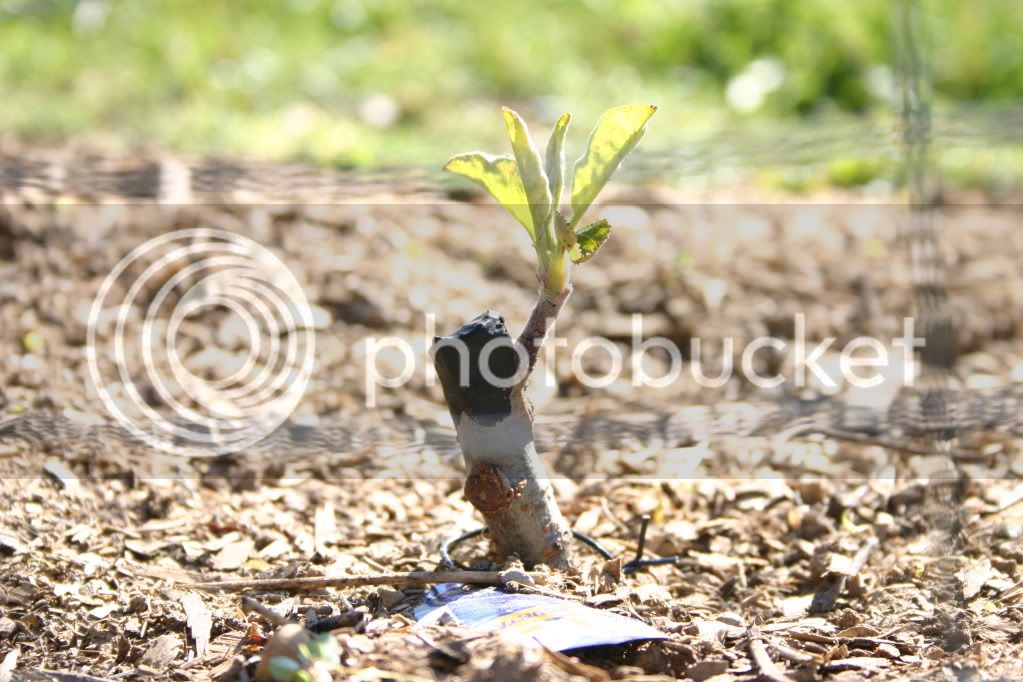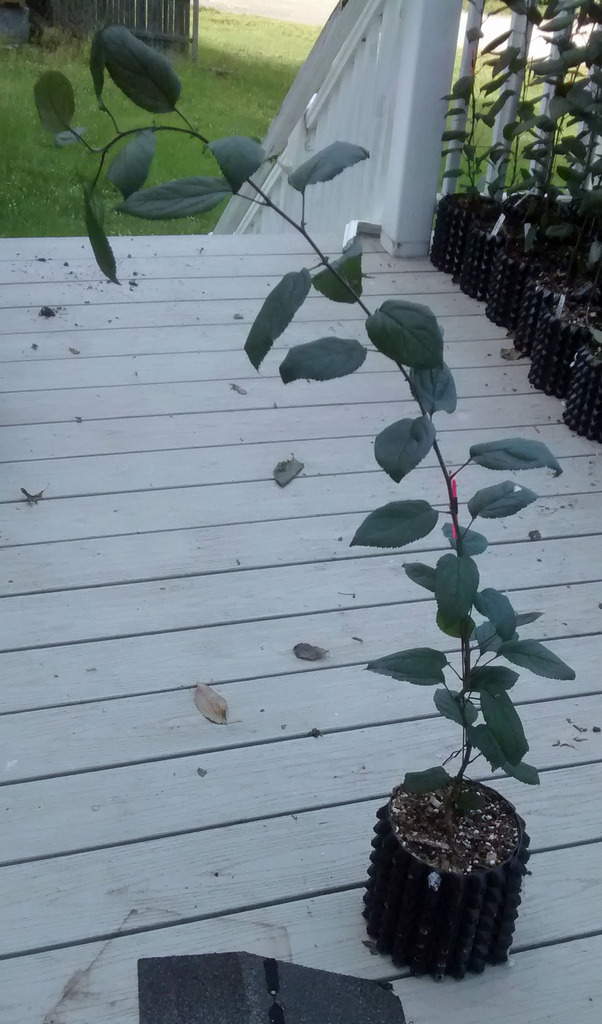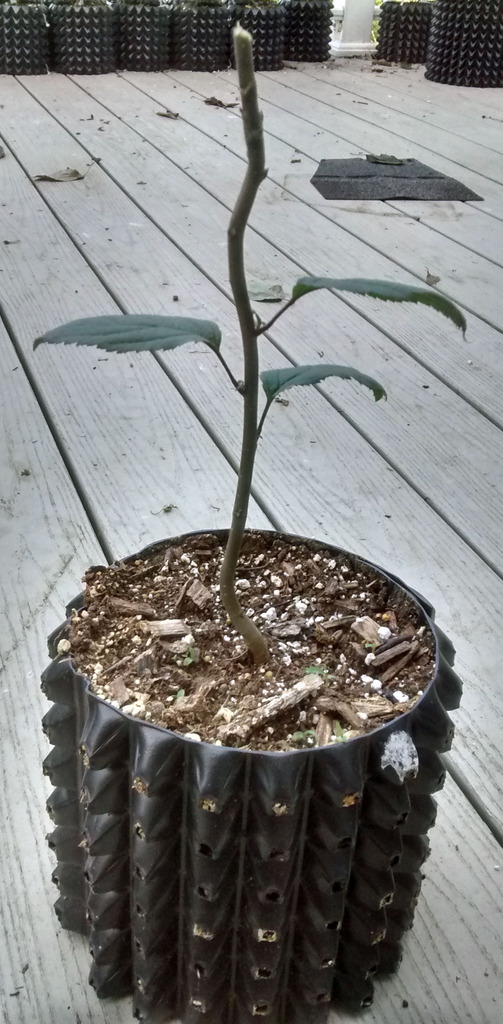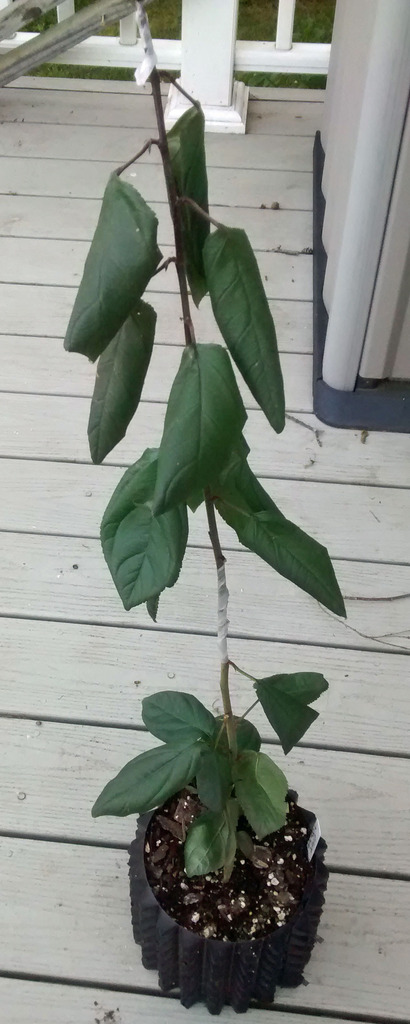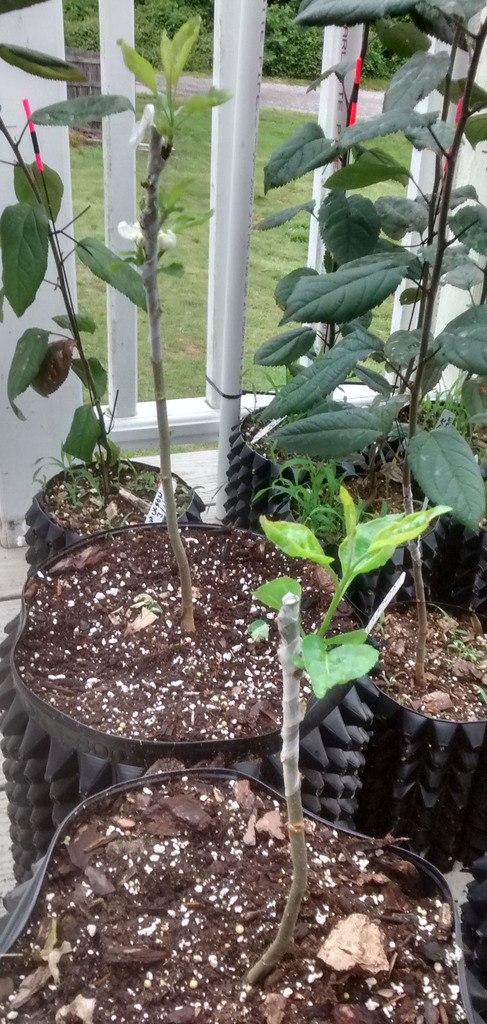yoderjac
5 year old buck +
I'm familiar with normal grafting where dormant scion wood is grafted to either dormant or growing hardened rootstock. There are also various budding techniques. While I have not seen it done with apples, there is a "green grafting" technique I've seen used with chestnuts where green wood is used on both understock and the scion.
Has anyone every tried grafting a dormant scion to young rootstock that has not yet hardened? I understand that this might not make sense in most situations given success with other grafting methods. The situation where it would be beneficial is when I grow rootstock from seed indoors under lights. The diameter of the rootstock is more than sufficient and having enough time for new growth after grafting to harden before fall is not an issue with the early start.
The benefit would be that I could do the grafting indoors under more controlled conditions until the grafts take and then continue to grow them in containers outside through the summer. The benefit would be that when planted in the fall, all the grafting would be complete, and much of the first seasons growth would be with the grafted portion rather than removing significant growth the following spring to graft.
Thoughts? Anything that would prevent this from working? Anything I should watch out for if I give it a try. Is it worth experimenting with?
Thanks,
Jack
Has anyone every tried grafting a dormant scion to young rootstock that has not yet hardened? I understand that this might not make sense in most situations given success with other grafting methods. The situation where it would be beneficial is when I grow rootstock from seed indoors under lights. The diameter of the rootstock is more than sufficient and having enough time for new growth after grafting to harden before fall is not an issue with the early start.
The benefit would be that I could do the grafting indoors under more controlled conditions until the grafts take and then continue to grow them in containers outside through the summer. The benefit would be that when planted in the fall, all the grafting would be complete, and much of the first seasons growth would be with the grafted portion rather than removing significant growth the following spring to graft.
Thoughts? Anything that would prevent this from working? Anything I should watch out for if I give it a try. Is it worth experimenting with?
Thanks,
Jack

